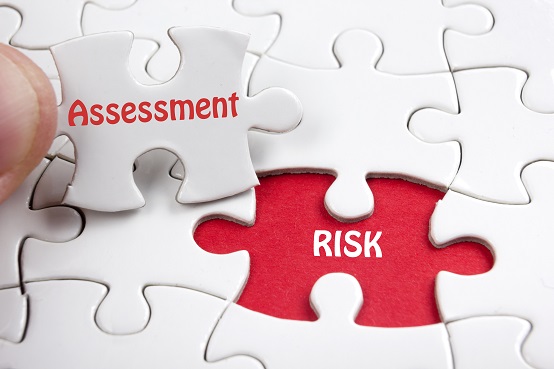What are the differences between Market Surveillance, Post-market Surveillance and Vigilance?

Regulations for medical devices have distinct terms for oversight of devices on the market
One area that has been changed substantially in the Medical Devices Regulations (MDR) and In Vitro Diagnostic Medical Devices Regulations (IVDR) is the oversight by manufacturers and competent authorities of devices on the market. The Regulations use the terms market surveillance, post-market surveillance (PMS) and vigilance. The differences between these terms are not always understood.
Market surveillance comprises activities carried out and measures taken by competent authorities to check and ensure that devices comply with the requirements of the Regulations. These are intended to confirm that devices on the market do not endanger health, safety or any other aspect of public interest. The responsibilities are set out in Article 93 of the MDR and Article 88 of the IVDR. Each competent authority is required to draw up an annual surveillance plan and allocated resources. The national plans should be developed within the framework of a European market surveillance programme prepared and coordinated by the Medical Devices Coordination Group (MDCG). The MDCG is established in Article 103 of the MDR and Article 98 of the IVDR and its responsibilities are set out in Article 105 of the MDR and Article 99 of the IVDR.
PMS, in contrast, is carried out systematically and proactively by the manufacturer to collect and review experience gained from their devices. The purpose of PMS is to identify any need for corrective action. PMS is undertaken in accordance with a PMS plan, in cooperation with authorised representatives and importers, if applicable, and distributors. Article 83 of MDR and Article 78 of the IVDR set out the requirements for PMS, including that PMS is an integral part of the manufacturers quality management system. Post-market clinical follow-up (PMCF) or Post-market Performance Follow-up (PMPF), for devices and IVDs respectively, is part of the PMS system and a specific PMCF/PMPF plan describes the activities. PMCF is covered in Annex XIV Part B of the MDR and PMPF in Annex XIII Part B of the IVDR. PMCF/PMPF is a continuous process that is part of clinical or performance evaluation and forms a bridge from evidence collected in the premarket stage with PMS data collected when the device is in regular use.
Finally, vigilance is the reporting of serious incidents and field safety corrective actions by manufacturers to the relevant competent authorities. Manufacturers also have to report trends in expected undesirable side effects and incidents that are not classified as serious. Vigilance is a reactive process. It is described in Article 87 of MDR and Article 82 of the IVDR, which include timescales for reporting depending of the severity of the serious incident.
It is important to understand the differences between market surveillance, PMS and vigilance and the connections between them. In the standards world, work has started on preparing an international technical specification on PMS.
Author: Eamonn Hoxey, of E V Hoxey Ltd, UK, is a writer, trainer and consultant on a range of life science areas including regulatory compliance, quality management, sterility assurance and standards development.
The Compliance Navigator blog is issued for information only. It does not constitute an official or agreed position of BSI Standards Ltd or of the BSI Notified Body. The views expressed are entirely those of the authors.

